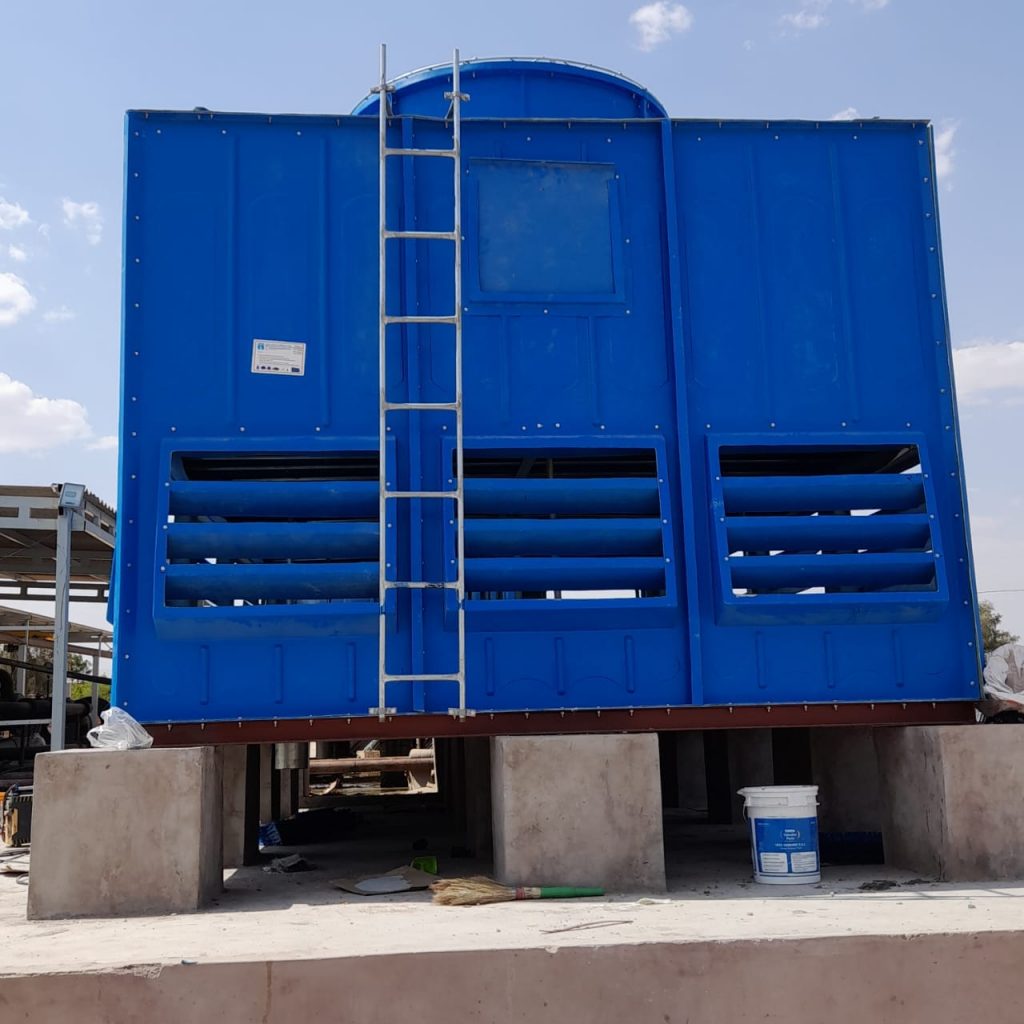Splash Packing (Splash Fill) in Cooling Towers
Splash packing (or splash fill) is a type of cooling tower fill media designed to enhance heat transfer by breaking hot water into small droplets, increasing its exposure to cooling air. Unlike film fill (which spreads water into a thin film), splash fill relies on impact and dispersion to maximize air-water contact.
How Splash Packing Works
- Water Entry: Hot water enters the cooling tower and is distributed over the splash fill.
- Droplet Formation: As water falls through the staggered PVC or PP bars, it splashes and breaks into smaller droplets.
- Air-Water Contact: The droplets create a larger surface area for efficient heat exchange with upward-flowing air.
- Cooled Water Collection: The cooled water collects in the basin for recirculation.
Key Features of Splash Packing
- Layers of staggered bars or splash grids (no fine channels like film fill).
Open structure allows easy airflow.
Advantages of Splash Fill
Disadvantages of Splash Fill
Where is Splash Packing Used?
- Power plants (cooling ponds, coal-fired plants).
- Steel & chemical industries (where water contains particulates).
- Old or low-maintenance towers (where fouling is a concern).
